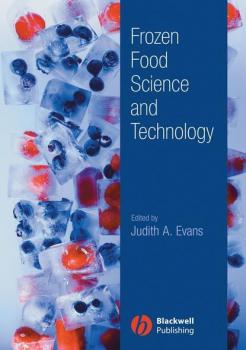ТОП просматриваемых книг сайта:
Judith Evans A.
Список книг автора Judith Evans A.Аннотация
This book provides a comprehensive source of information on freezing and frozen storage of food. Initial chapters describe the freezing process and provide a fundamental understanding of the thermal and physical processes that occur during freezing. Experts in each stage of the frozen cold chain provide, within dedicated chapters, guidelines and advice on how to freeze food and maintain its quality during storage, transport, retail display and in the home. Individual chapters deal with specific aspects of freezing relevant to the main food commodities: meat, fish, fruit and vegetables. Legislation and new freezing processes are also covered. Frozen Food Science and Technology offers in-depth knowledge of current and emerging refrigeration technologies along the entire frozen food chain, enabling readers to optimise the quality of frozen food products. It is aimed at food scientists, technologists and engineers within the frozen food industry; frozen food retailers; and researchers and students of food science and technology.
Аннотация
Carbon emissions from the retail segment of the food cold chain are relatively high compared to other parts of the food cold chain. Studies have also shown that food temperature is less well controlled at the retail and consumer end of the cold chain. There is therefore considerable potential to optimize performance of refrigerated display cabinets and the refrigeration systems that are used to operate them to reduce carbon emissions and to improve food temperature control. Sustainable Retail Refrigeration draws together world experts on retail refrigeration. In a single resource, the authors cover the latest technologies and best current knowledge in the field. With increasing concerns about energy use and global warming gasses, retailers are increasingly being called to account for their actions. Sustainable Retail Refrigeration is a valuable reference to manufacturers, managers and policy makers, incorporating both a design and an operational perspective.


